READY TO GET STARTED?
REQUEST A FREE ESTIMATE
Fill out the form below or call (888) 466-7849 for a free, no-obligation estimate.
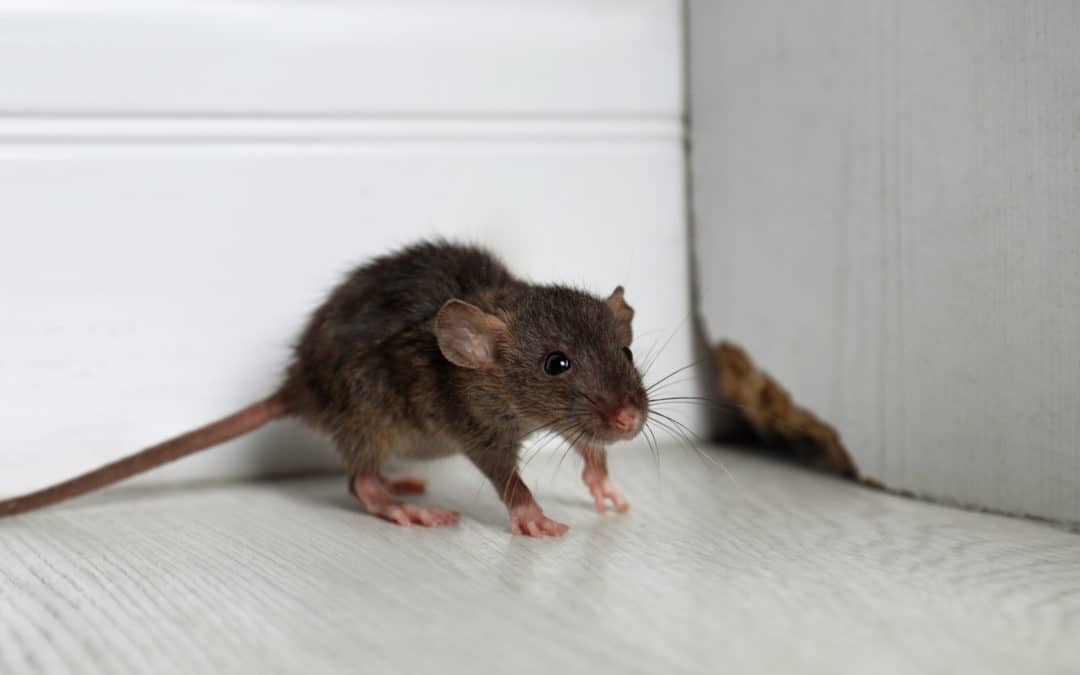
Rodents such as mice and rats are one of the most common household pests. While they are definitely nuisance pests, they can also cause property damage to your home, as well as transmit serious diseases to you and your family.
The first step in rodent control is to determine that you have an infestation. Common signs of rodents include droppings near food sources; shredded paper, fabric, and other nesting materials; chewed food packages; holes chewed through walls and floors; and stale smells from hidden areas of your home.
Rodents are attracted to unsealed food containers, pet food and water that’s left out, open bowls of fruit and vegetables, leaky faucets and pipes, open trash cans, and compost containers among other things. They enter your home in search of these things. They get in through holes from the exterior of the home, holes around sink and appliance pipes, cracked foundations, unscreened vents, and holes around windows and doors.
The first step in rodent control for your home is prevention. If you can keep these pests from infesting your home in the first place, you won’t have to get rid of them later. Common rodent control methods you can utilize in your house include:
If you have a problem with rodents or other pests, contact your local pest control company for an evaluation.
DIY Pest-Proofing for Fall Wildlife
Are Granddaddy Long Legs Spiders?
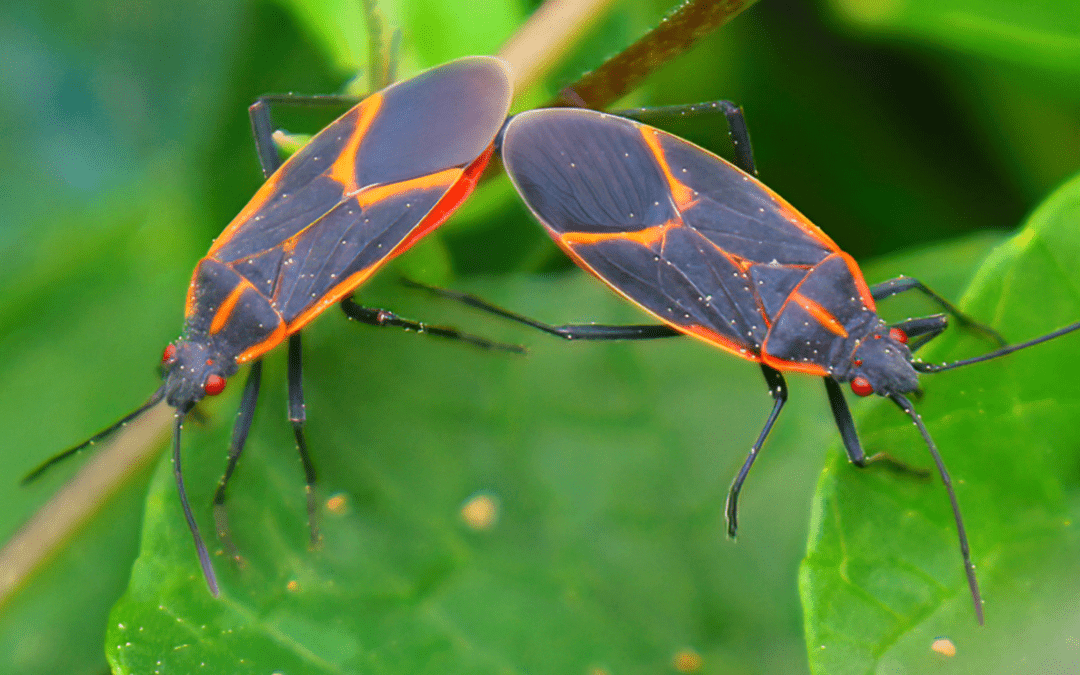
During the impending cooler months, some pests will begin seeking warmth and shelter for survival. These pests, known as overwintering pests, can survive cold temperatures due to these activities. There are three common overwintering pests: stink bugs, ladybugs, and boxelder bugs. They don’t cause any harm to you or your home, but they can become a nuisance once they get inside. Let’s break them down and discover the best ways to keep them away from your home.
These armor-shaped insects are an invasive species known to release an odor when disturbed or crushed. They pose no threat to humans or the structure of your home but can become a nuisance when an infestation occurs. They feed on a variety of plants, including fruits like apples, peaches, and figs. They prefer moist, mild climates and can be found in bathrooms and kitchens.
These harmless, overwintering pests are found worldwide and have over 5,000 known species. Ladybugs have an oval, dome-shaped body with a hard-shell wing that covers their inner wings. They are deemed beneficial and consume plant-eating insects, such as aphids, mealybugs, mites, and scale insects. During the colder months, they search for warmth and shelter. They can take over your home in a matter of days and can become a major nuisance when large populations congregate.
These pests are named for feeding off maple and seed-bearing boxelder trees in the warmer months. Boxelder bugs are sneaky pests that can easily make your home theirs. These pests are oval-shaped and elongated, with a reddish black body and orange markings on their back. They are considered more assertive than other overwintering species, puncturing skin when they feel threatened. The result is similar to that of a mosquito bite, so it shouldn’t be something to worry about.
If you suspect you have an overwintering pest infestation, contact a professional, local pest control company to provide you with a thorough evaluation and treatment plan.
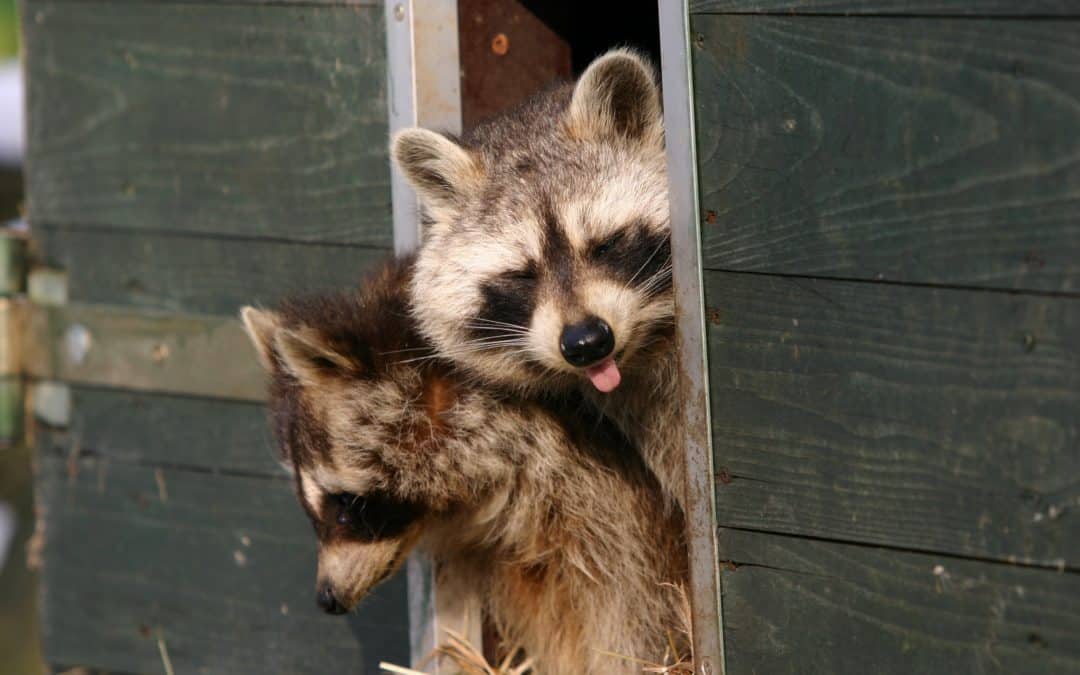
Food, water, and a warm place to live are three things wildlife creatures are in search of this winter season. For them, our house can give them direct access to these needs, where they often find their way into our chimneys, attic, basements, and crawlspaces. It’s important to know what pests to look out for and what preventative measures to take, to help prevent a wildlife infestation.
Rats
Seeing a rat inside is always alarming. These rodents are known to live in crawlspaces and between the side beams of walls, often accessing inside through the smallest hole and gap. Once inside, rats will chew on electrical wire, causing property damage and an increased risk of fires. Their droppings are also a risk, as they contain pathogens dangerous to humans.
Raccoons
Nocturnal omnivores, raccoons are dexterous and can use their paws to open lids and doors. These animals will use their hands to dig for food, especially in garbage cans. A creature of habit, once raccoons discover food sources in a particular area, such as your house, they will keep coming back over and over, causing both a risk of an infestation and damaged property.
Squirrels
Squirrels are one of the most common wildlife creatures homeowners see. While they are cute from afar, if found inside your home, they can cause considerable damage. Squirrels will take refuge in basements and attics, often bringing acorns to store for the wintertime. Like rats, these rodents will also chew on electrical wire, creating a risk of a fire. Both squirrels themselves and their droppings can contain diseases and pathogens.
To avoid a winter wildlife invasion, prevention is key. Here are a few wildlife prevention tips to help with wildlife control:
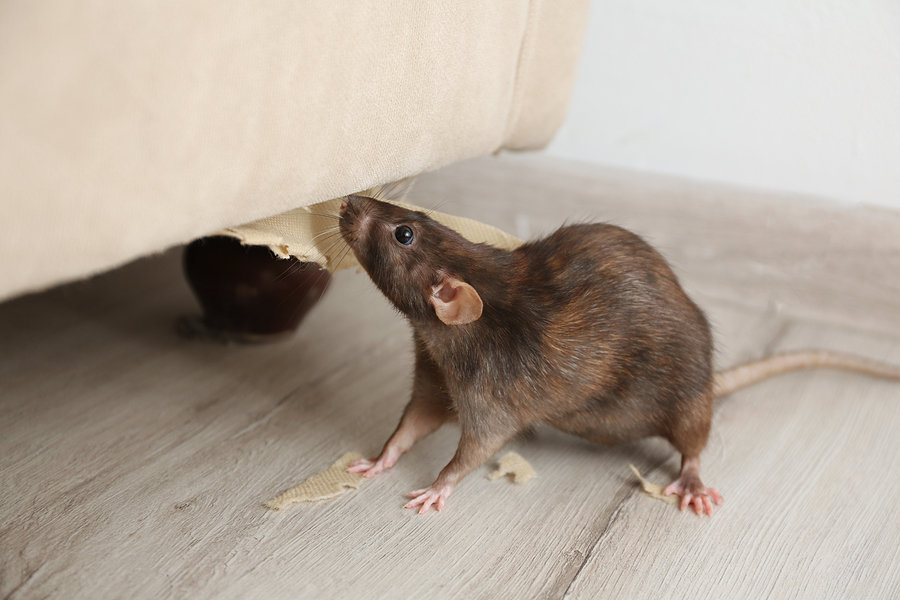
The last thing any homeowner wants to deal with is pests. A household pest is any insect or animal that is commonly found in a household structure that can cause destruction to the property or to your health. While the occasional critter can make its way inside, routine occurrences indicates the likelihood of an infestation. Fortunately there are some DIY pest control tips you can use at home to help prevent these pests from taking over. Here are a few of the most common household pests and how to prevent them.

Most ants don’t cause any structural damage to your home (with the exception of carpenter ants). They are, however, the #1 nuisance pest in the United States. Ants are difficult to control because their colonies are so large. These pests typically come indoors in search of food and water and can usually be found near these sources in your home – especially in kitchens and bathrooms. Prevent ants by:

Birds are not usually considered nuisance pests but their nests can obstruct common areas of your home and their droppings can contaminate or damage other areas. Birds usually enter your home in search of food and shelter. Prevent birds by:

Cockroaches are dangerous to humans as they are known to carry serious diseases and trigger both allergies and asthma. These pests multiply quickly, making them very difficult to control. Roaches will come into homes in search of food, water, and shelter, with them often found in kitchens, bathrooms, and laundry rooms. Prevent roaches by:

Termites are known as silent destroyers, eating wood from the inside out and going undetected for long periods of time. Common signs of termites include swarms; mud tubes; discarded wings; discolored drywall; peeling paint; wood with a hollow sound when tapped; squeaky floorboards; doors and windows that stick; damaged wood; loose tiles; and buckling floors. Prevent termites by:
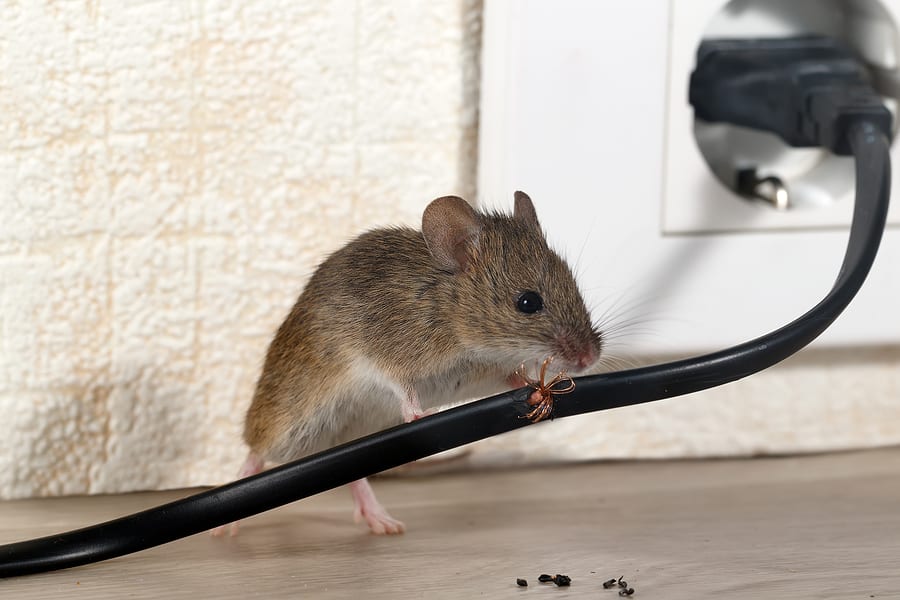
Rodents are common household pests and include rats, mice, squirrels, and raccoons. Rodents can cause significant damage to your property by chewing through electrical wires and insulation. They can also contaminate food and spread disease. Prevent rodents by:
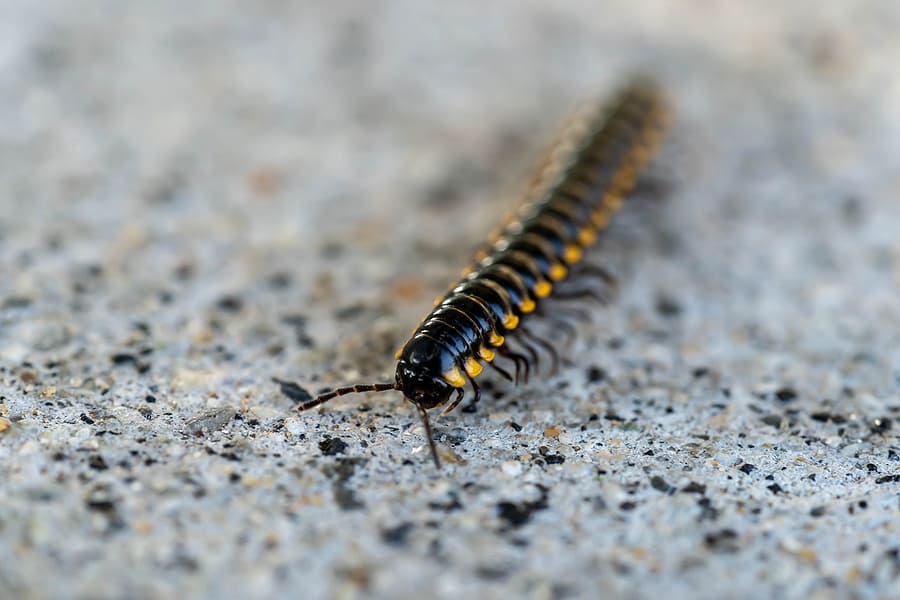
Centipedes are arthropods with 14 or more body segments and one pair of legs per segment. Millipedes are also arthropods but they have 2 pairs of legs on their body segments. Neither of these pests are considered dangerous and don’t cause damage or spread disease. They can, however, be annoying if they infest in large numbers. Both of these pests thrive in moisture-rich environments. Prevent centipedes and millipedes by:
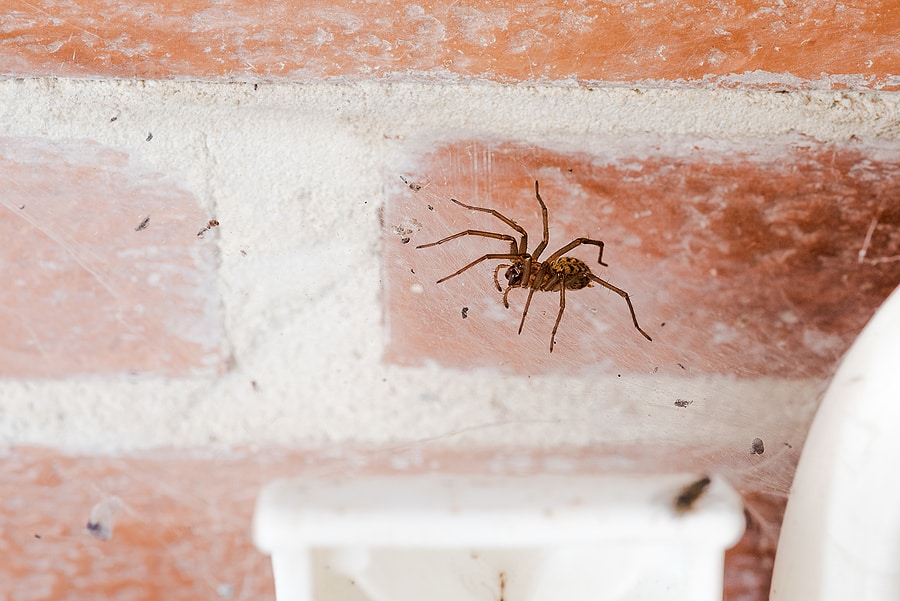
Although there are a few venomous spider species in our area, most spiders that make their way into your home are harmless (and even beneficial by eating other pests)! Prevent spiders by:
The key to household pest control is prevention. By taking these steps early, you can head off an infestation before it starts. If you have a problem with any household pests, contact your local pest control company for a free evaluation and comprehensive treatment plan.
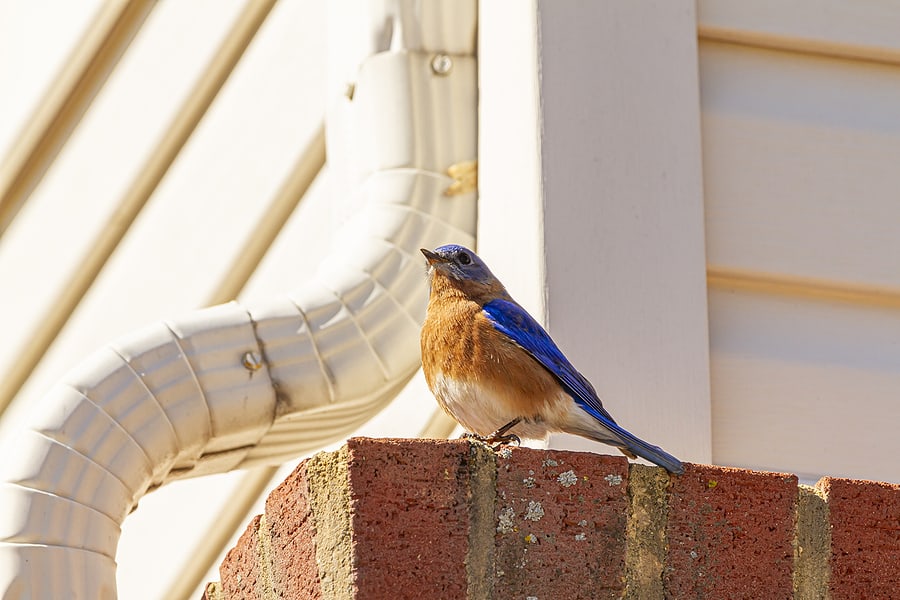
As the weather starts to warm up, you may see an increase in bird activity around your home. Birds will often leave a mess on your patio or deck and can even be found taking a dip in your swimming pool. Nuisance birds will build nests in the most inconvenient places putting you and your family in harm’s way. Here are a few tips on how to prevent birds from taking over your outdoor fun this summer.
There are several things you can try to keep birds away from your pool and deck. One of the easiest is to install a decoy bird near your pool. Owl statues are the most common but hawks and falcons will also work well. These statues make other nuisance birds think a predator has already claimed that territory and they will take up residence somewhere else. Remember to move the statue occasionally, especially if birds get used to it or start ignoring it.
You can also use automatic pool vacuums in your swimming pool to help deter birds. Automatic vacuums are constantly moving which discourage birds from landing in the water. Leaving brightly colored toys and floats in the pool can also help keep these pesky birds away. Keep your pool covered if possible. You can even use a simple solar cover instead of a traditional cover to help protect your pool from droppings and feathers.
Birds will often nest in your grill or in the eaves around your patio. To protect your grill in between uses, invest in a high quality cover and use it any time the grill is not in use. If that’s not an option, cover your grill with bird netting when it’s not in use. Clean the grill after use and make sure there is no food residue left over. Birds will keep coming back if they continue to find food in the area.
If you’re finding birds flocking to your deck or patio area, try installing bird spikes on fences or in gutters. It is difficult for birds to land on them, making it undesirable for birds to nest. You can also try wind chimes or ultrasonic noise machines which are also helpful and driving nuisance birds away. The noise machines give off a high-pitched sound that is undetectable to humans but will annoy any lingering birds.
Taking preventative measures against birds will help in your bird control efforts. Discourage people from feeding birds in and around your home. Clean up any spilled grain or birdseed from feeders daily. Block any openings in your home (lofts, vents, eaves, window sills, etc.). Change your ledge angles to 45 degrees or more to prevent birds from roosting on them. Screen the underside of rafters with netting or wire mesh screening.
While birds aren’t usually a dangerous problem, they can become quite a nuisance, especially when you are trying to enjoy time outdoors. If you have a problem with birds or any other pests, contact your local pest control company who can provide you with a thorough evaluation and treatment plan.
Does Hot Weather Bring Out Cockroaches?